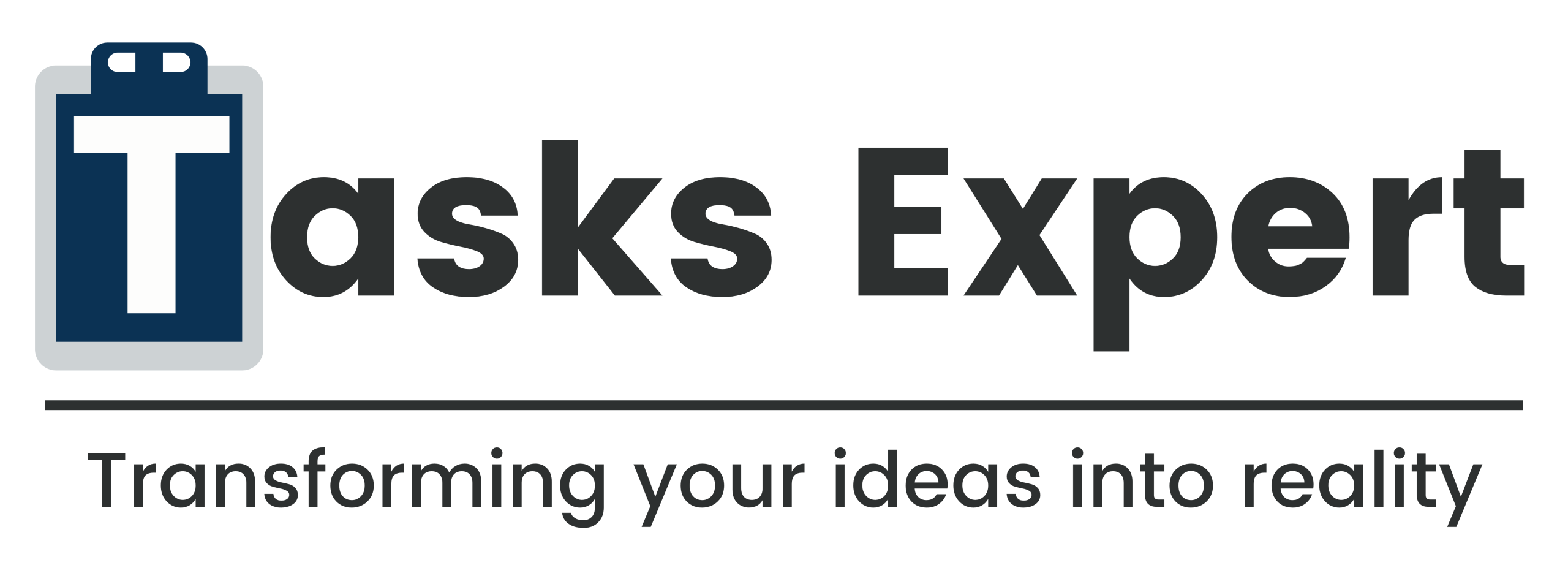Introduction
Generative Engine Optimization solutions are rapidly becoming an essential necessity for those brands wishing to remain conspicuous in the era of AI-based search. ChatGPT, Gemini, and Microsoft Copilot, among other platforms, are revolutionizing how users locate information, away from the conventional search engine results page and towards direct, question-and-answer style responses. The new pattern implies that ranking for keywords is no longer sufficient.
Rather than that, your content needs to be generated in such a manner that AI systems can easily comprehend it, extract the most cogent points, and introduce your brand as an authoritative source. That is a significantly different style of planning, organizing, and writing your content.
With generative engine optimization services, the goal isn’t just traffic—it’s placement in AI-generated answers where customer decisions are being made in real time. From providing concise, direct responses to building topic authority and using structured data, every detail matters.
In this blog, we’ll break down the content strategies that work best for this new search era, so your brand stays ahead while others are still playing catch-up.
Prioritize Clear, Direct Answers
In Generative Engine Optimization services, perhaps one of the most essential content strategies is having your copy provide fast, precise, and context-aware responses. AI-based tools such as ChatGPT, Gemini, and Microsoft Copilot have been trained to read vast content volumes and pick the most applicable details to provide an answer to a user’s query. If your content is unclear, bogged down with fluff, or not properly structured, there’s much less chance it will be chosen.

Here’s how to prioritize clarity and directness:
1. Lead with the Answer
- Begin every section or subheading with the most critical information first.
- Follow the inverted pyramid format—state the main point, then discuss supporting details.
2. Use Question-Based Subheadings
- Write subheadings as direct questions users are likely to ask.
- AI tools typically employ headings to determine and pick out the right answers.
3. Avoid Overcomplication
- Maintain sentences as short and free of jargon as possible unless your target is highly technical.
- Use simple language to make it as accessible as possible.
4. Break Down Multi-Step Topics
- Convert multi-step answers to bulleted or numbered lists.
- This structure is easier for AI models to read and summarize your content.
5. Make Key Facts or Figures Stand Out
- Make vital numbers, dates, or statistics bold to grab human and AI attention.
- Reference credible sources to support accuracy.
6. Give Context Without Being Wordy
- Compact answers are important, but context provides AI with a reason to believe and choose your answer.
- Put 2–3 sentences following the direct answer to describe why it’s important or how it functions.
As you continually produce content that responds to queries clearly, search AI engines are more apt to recognize your brand as a credible source. This will make you more likely to be cited or endorsed in conversational search answers, placing your business center stage when clients are prepared to make a decision.
If you prefer, I can now expand section 2: Build Topic Authority into a 350–400 word, bullet-point format so the blog is written in the same style. Shall I go ahead with that next?
Build Topic Authority
Perhaps the most effective method of differentiation in AI-based search is to be known as an authoritative, go-to source for a particular topic category. Topical relevance is key to Generative Engine Optimization services—AI models are more likely to quote brands that repeatedly generate accurate, in-depth information around a unifying theme.
When you establish topic authority, you’re informing both AI programs and your human readers, “We are experts on this topic.” This repeated expertise makes your content more credible in generative search results.

Here’s the process to build and maintain strong topic authority:
1. Identify Core Themes
- Concentrate on 3–5 key subject areas that support your business objectives and user needs.
- Don’t dilute content too much by covering unrelated topics.
2. Create Content Clusters
- Create pillar pages addressing broad topics extensively and connect them to subtopic articles related to those.
- Example: A pillar page of “Generative Engine Optimization” with referred articles on “Structured Data for GEO,” “AI Search Trends,” and “Content Formatting for AI.“
3. Establish Consistency
- Post regularly within your selected topics so AI engines and search algorithms see your site as an active, trustworthy source.
- Use guidelines, style, and voice consistently for brand recall.
4. Leverage Internal Linking
- Connect similar articles to one another to lead readers (and AI spiders) through your network of expertise.
- This supports topical depth and relevance.
5. Update and Refresh Existing Content
- AI prizes up-to-date, correct information—go through your core articles periodically and refresh statistics, case studies, or examples.
- Add new content based on new trends or user questions.
6. Support Claims with Authoritative Sources
- Base your claims on industry reports, studies, or trusted news sources.
- This reinforces credibility for AI-based search instruments.
7. Participate in Multi-Format Content
- Augment written blog posts with videos, infographics, or podcasts to increase reach and signal authority.
By intentionally concentrating on establishing topic authority, your brand is the “expert” that AI instruments choose when responding to user questions. In Generative Engine Optimization services, this placement is the distinction between being mentioned every now and then and becoming the go-to source for your topic.
Leverage Structured Data and Schema Markup
Content quality is not enough when it comes to Generative Engine Optimization services—how structured your content is has a significant impact on whether or not search engines powered by artificial intelligence can locate, comprehend, and display it in their answers. Here’s where structured data and schema markup factor in.
Structured data is a standardized way of supplying information on your content so that it is easier to read for AI and search engines. Schema markup is the code you place on your website in order to describe this structure. Together, they increase your rank in AI-produced results.

Here’s how to make use of them:
1. Know What Schema Does
- It marks important aspects of your page—such as author, publication date, product information, FAQs, and reviews—so AI can find and show them in context.
2. Use the Correct Schema Types for Your Content
- Article Schema: For news stories, blog posts, and guides.
- Product Schema: For product listings with price, availability, and reviews.
- FAQ Schema: For question-and-answer type content.
- How-To Schema: For step-by-step tutorial content.
3. Optimize to enhance AI Readability
- Make sure your schema is structured so AI tools can reliably and rapidly describe your content.
- Include metadata like category, topic, and related topics.
4. Integrate Structured Data with Clear Formatting
- To represent your schema structure in the content itself, use headings, bullet points, and tables.
5. Assure Precision and Uniformity
- Make sure the schema data on your page is accurate; old or fake information might undermine the credibility of AI technologies.
6. Use Schema for Rich Results
- While traditional SEO benefits from rich snippets, generative AI benefits from clear, context-rich data. Schema increases the likelihood of your content being cited in AI answers.
7. Validate Your Schema
- To make sure your code is error-free and successfully functioning, use Schema.org’s validator or Google’s Rich Results Test.
Structured data and well-integrated schema markup act as a translator between your content and AI systems. In generative engine optimization services, they’re not merely a technical enhancement—they’re a visibility multiplier.
Keep Current Information
In the rapidly evolving digital world, stale or old information can render your content obsolete, particularly with optimization for Generative Engine Optimization services. ChatGPT, Gemini, Copilot, and other such AI-driven technologies that learn to provide accurate, timely, and relevant information. AI doesn’t find it as trustworthy if the content is not updated for months or years.
Updating your content isn’t a nice-to-have—it’s a fundamental AI-based search visibility ranking factor.

Here’s how to include “content freshness” in your strategy:
1. Create a Content Review Schedule
- Review high-traffic or high-value pages every 3–6 months.
- Update facts, statistics, and references with the most recent credible information.
2. Keep Current with Industry Trends
- Track news, market changes, and up-and-coming trends in your industry.
- Insert new sections to existing articles when new developments happen.
3. Update Examples and Case Studies
- Swap out old examples with fresh, applicable ones.
- Replace client stories or case studies with updated outcomes.
4. Maintain Links and References Up-to-Date
- Scan for broken links or stale external references.
- Swap out with fresher, high-authority sources in order to preserve credibility.
5. Take Advantage of Timely Keywords
- Use trending phrases, search words, or year-specific keywords to alert AI tools that they are fresh.
6. Employ “Last Updated” Markers
- Make visible timestamps on your content to assure both AI engines and readers that the content is up-to-date.
7. Repurpose and Re-Publish
- Convert older content to fresh formats (videos, infographics, slides) in order to continue circulating on different platforms.
8. Track Competitor Updates
Update rival content within your niche to make your pages more comprehensive and up-to-date.
You inform AI systems that your website is a dynamic, living resource, rather than an archive page, by regularly updating its content. This significantly raises the possibility that your content will show up in AI-generated search results, increasing the visibility and relevance of your brand.
Add Context and Source Credibility
When optimizing for Generative Engine Optimization services, having the right answer isn’t enough—AI-driven platforms also need to trust the source providing it. Credibility and context are two essential components that contribute to that trust. Credibility tells AI that your material is reliable, correct, and worthy of citation, while context makes sure your response is structured to make sense for various searches.

Here’s how to make both stronger:
1. Support Claims with Verified Sources
- Reference credible studies, industry reports, and known news sources.
- Employ facts from governing bodies to support claims.
2. Include Author and Expert Information
Offer author bios with credentials, applicable experience, and professional history.
- This indicates subject-matter authority to AI tools and human readers alike.
- Offer Historical or Comparative Context.
- Describe how current information relates to overall trends or previous developments.
- Demonstrate change over time in order to enrich understanding.
3. Make Complex Ideas Clear
- Provide examples, analogies, or plain-language explanations to increase accessibility.
- This signals AI engines that your content is beginner-friendly or instructional.
4. Cite Sources in a Transparent Way
- Use correct citation and hyperlink formatting.
- Refuse to make generalized “studies show” claims—always credit the source.
5. Provide Original Insights
- Publish your own studies, surveys, or case studies.
- Original data points can differentiate your content from the competition.
6. Take a Neutral and Objective Stance
- Steer clear of excessively promotional or biased language, which can detract from perceived credibility.
- Be factual and evidence-driven in your recommendations.
7. Emphasize Industry Recognition
- Include awards, certifications, or prominent partnerships that enhance authority.
By providing context and credibility to your content, you make it more attractive to readers as well as AI-based platforms. Generative engines search for content that’s informative and credible when they pull out responses. Context helps ensure relevance, and credibility ensures choice—together, they give you the best chance of showing up in high-value AI-generated responses.
Conclusion
Generative Engine Optimization services are no longer a “future” consideration—they’re a present-day necessity for brands that want to remain visible in an AI-driven search world. The strategies we’ve covered—clear, direct answers; building topic authority; using structured data; keeping content updated; and ensuring context with credibility—are the building blocks of AI-ready content.
By exercising these principles consistently, you make your brand both a helpful and reliable source. Not only does this make you more likely to show up in AI-generated responses, but it also fortifies your broader digital presence.
The move away from conventional search to AI-driven responses is not a battle for ranking anymore—it’s a battle for recommendation. Brands that implement now will own important visibility space before others follow.
With the proper strategy, augmented by generative engine optimization services, your content won’t only be discovered—it will be selected. And in this new search economy, to be selected is what builds trust, credibility, and sustainable business growth.
About Us
Tasks Expert offers top-tier virtual assistant services from highly skilled professionals based in India. Our VAs handle a wide range of tasks, from part time personal assistant to specialized services like remote it support services, professional bookkeeping service etc. Furthermore, it helps businesses worldwide streamline operations and boost productivity.
Ready to elevate your business? Book a Call and let Tasks Expert take care of the rest.









